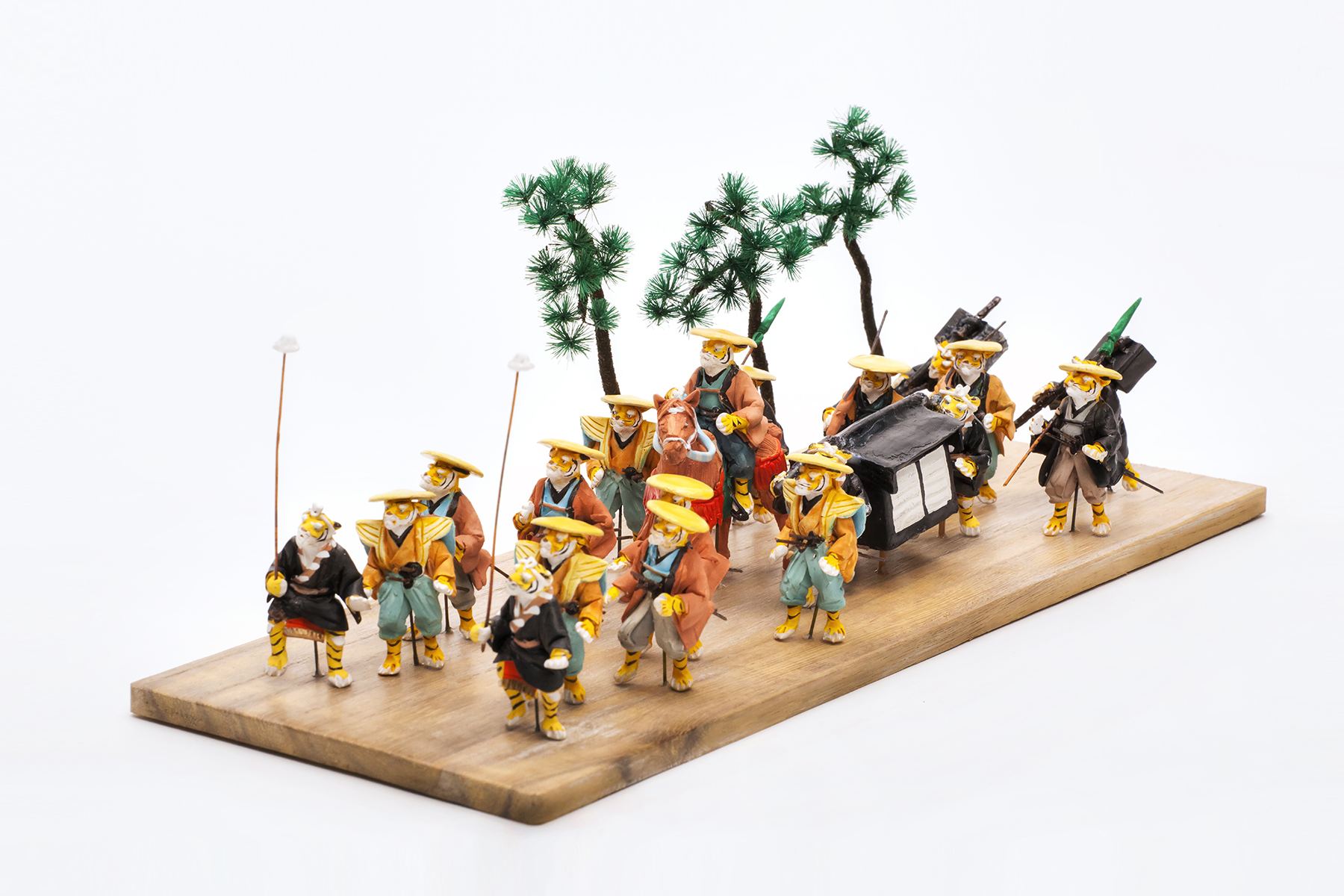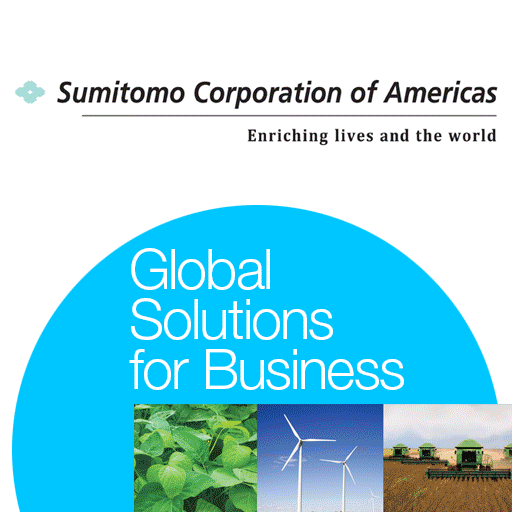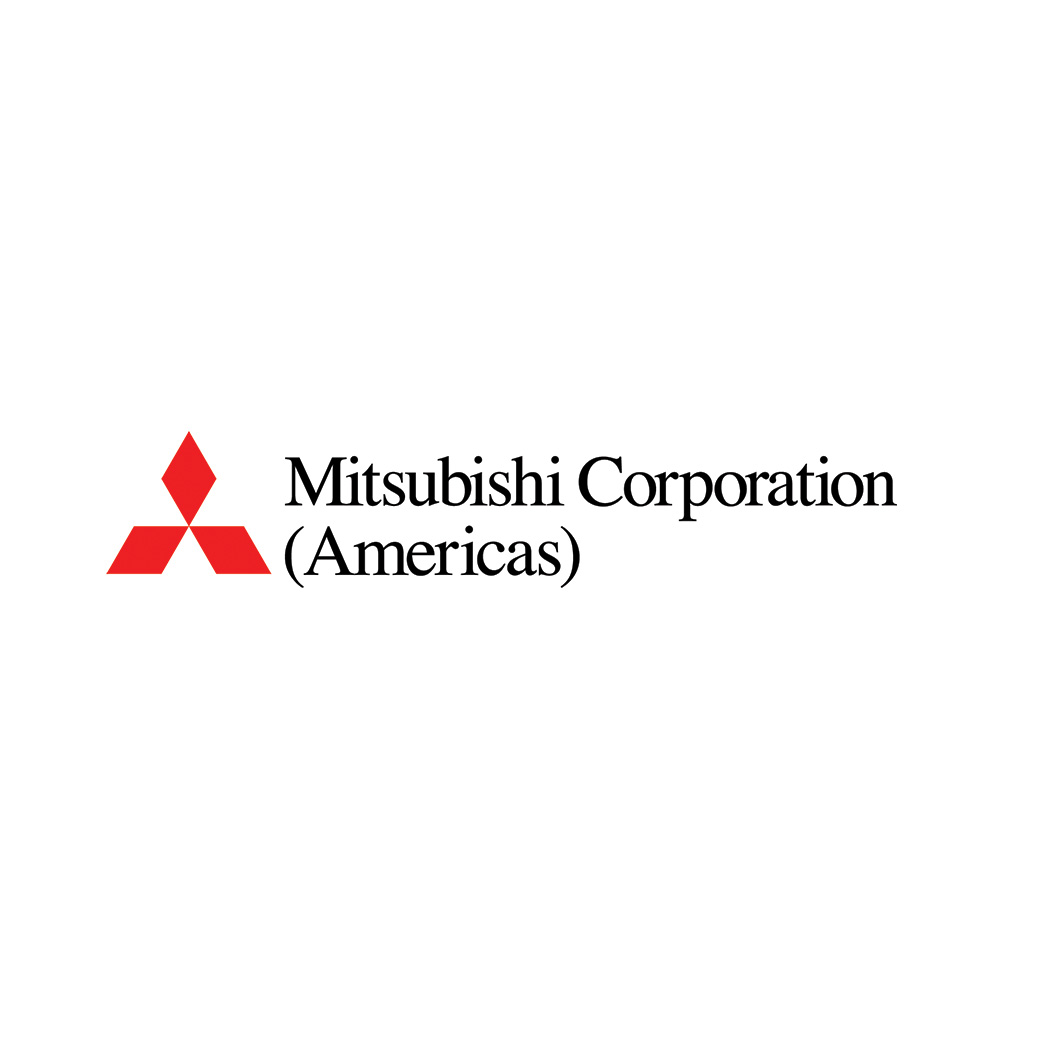EXHIBITION

Miniature Edo-style toys from Japan
Organized by The Nippon Club
Sponsored by JCC Fund (Japanese Chamber of Commerce & Industry of New York, Inc.)
In cooperation with Japan Foundation, New York
This exhibition showcases some of the finest examples of crafts from the Edo period (1603 – 1868) in Japan. Included in the exhibition are the intricate miniature figures and toys depicting life in Edo, such as hagoita (wooden paddles) with zodiac animals, hanten coats worn by fire-fighters, among others.
6/28 (Thu)-7/25 (Wed)
Monday-Friday 10:00 am-6:00 pm
Saturday 10:00 am-5:00 pm
Sunday closed
Exhibits are provided by the following organizations and artist.
■SUKEROKU
Founded in 1866, it’s the only specialty shop for small toys of the Edo Period in Japan. During the Edo Period, the craftspeople honed their skills of making toys under the condition that sumptuary laws were often issued. Their toys have the spirit of the craftsmen who were persistent about details. The smaller the size, the more elaborate the toy.
All the Edo toys have their meanings, origins, or wishes of the Edo generation. This shop has been run by its owners for generations since 1866 is now. They have carefully passed down their craftsmanship until now.
63 Edo-style toys from Sukeroku Collection will be exhibited.
■KUMON Institution of Education
Ukiyo-e: KUMON Museum of Children’s UKIYO-E
The Kumon Institute of Education has gathered, and is conducting research on, a collection of ukiyoe (woodblock) prints and other items focusing on the culture of children in Japan. This important collection, which touches on the areas of child raising, education, and play in the days of yesteryear, now consists of approximately 3,200 artifacts. It is the largest and highest quality collection of ukiyoe prints in the world dealing with the topic of children. The Kumon Institute of Education’s collection of ukiyoe, centered on the life of children, has gradually become known in the world of ukiyoe print research. As a result, ukiyoe woodblock print having children as the primary subject matter has become recognized as a new genre. Appreciation of Children`s Ukiyoe Woodblock Prints
11 replica of Ukiyo-e from Kumon Museum of Children’s Ukiyo-e will be exhibited.
■YOSHITOKU
12 Hagoitas (racket is a wooden paddle) with zodiac animals from Yoshitoku Archive will be exhibited.
■Yuko Matuyama
Washi paper craft artist
Cultural appreciation of flowers was only common among the privileged aristocratic class in the chaotic times preceding the politically stable Edo Era of the17th to19th centuries. As social mayhem subsided, the general public gained the freedom of time and resources to develop a deep admiration for flowers. Political unification gave birth to the development and popularization of Japanese floriculture. Japan’s love of flowers continues to this day. Using traditional craft technique, Yuko Matsuyama adds some flowers to “Time Travel Back to Little Edo “.
37 miniature washi flowers created by Yuko Matsuyama will be exhibited.
■Sumi collection
One of the Sumi’s collection, the Sashiko- stitched hanten coat of firemen worn by machibikeshi, fire-fighters of Edo will be exhibited.
Firemen’s coat
All the coats of a particular team had the same mark or logo on the back to distinguish which team they belong to and signifies ranks. Sashiko-stitched hanten coat with a matoi design. The matoi was the symbol of fire-fighters. The matoi holder was considered particularly brave and being hero figure.
5 Firemen’s coats from Sumi collection will be exhibited.
■ Workshop
“Jumping and Leaping miniature Sukeroku toy” (Width 30 mm, doll height 30 mm, depth 55 mm)
There was extremely popular merchandized playthings series during the Edo period. In this workshop, you will paint its face and color the head basket and kimono to make Sukeroku doll. Before painting the face, we will take time to practice to draw Kumadori for a half hour. We prepare 9 KUMADORI patterns of KABUKI, so you choose one of them and practice to draw and make it. The thin piece of bamboo underneath the main part acts as a spring that makes the paper mache head cover pop off, instantly exposing the face of the figurine. Simple but amusing.
♣ Time: June 30 1:30 pm – 3:30 pm
♣ Fee: Nippon Club members $ 10/Guest $ 15
Material fee: $15
♣ Number of seats is limited to 20.
♣ Please contact yhonda@nipponclub.org for registration or inquiry.
| Period | 6/28 (Thu)-7/25 (Wed) |
|---|---|
| Hours | Monday-Friday 10:00 am-6:00 pm Saturday 10:00 am-5:00 pm Sunday closed |
| Location | The Nippon Gallery 145 West 57th Street, 7th Floor New York, NY 10019 |
| Admission | Admission: Free |
| Detail |





